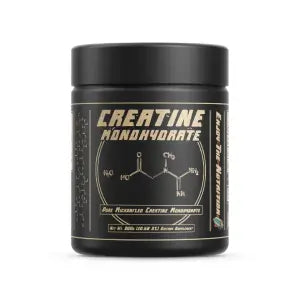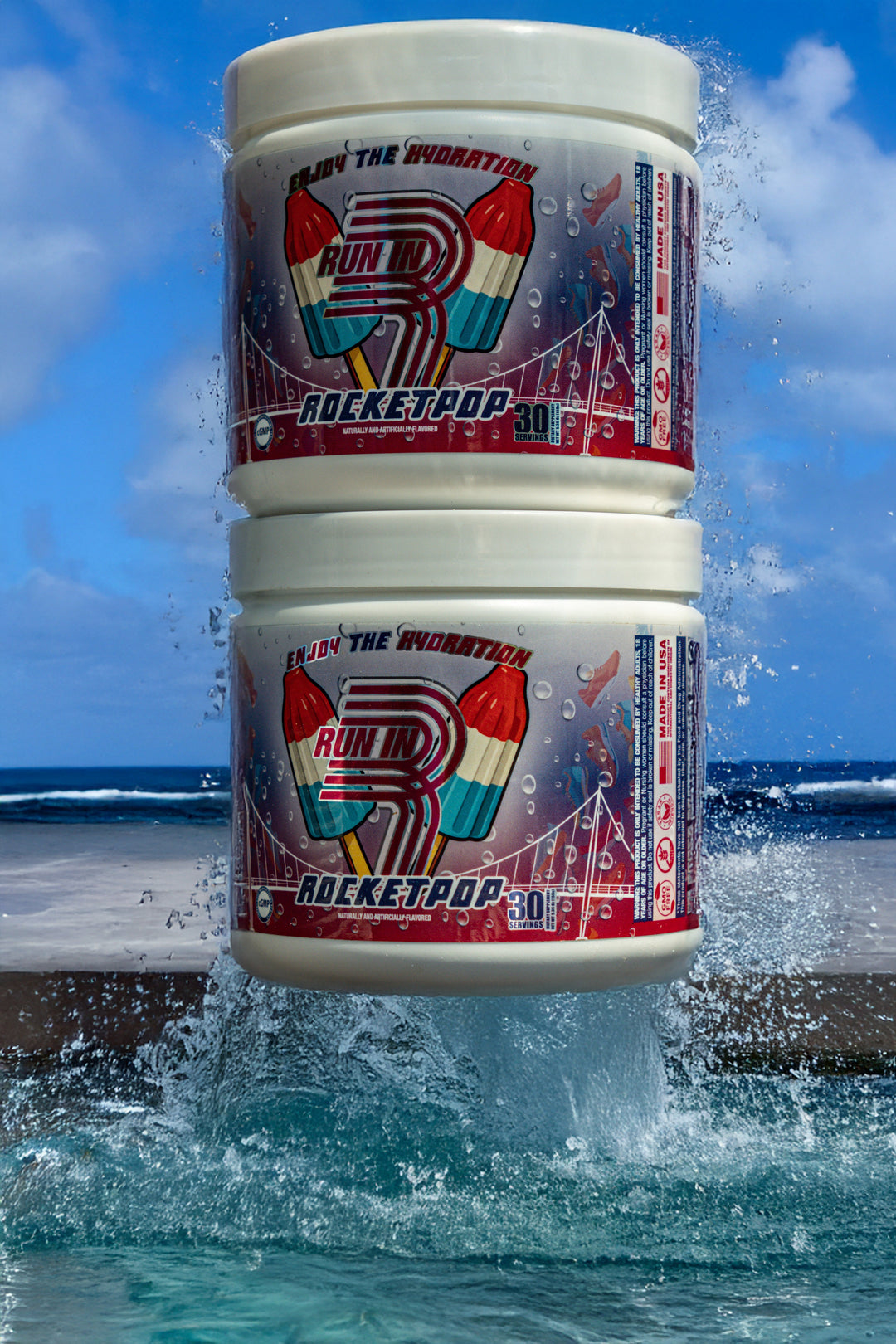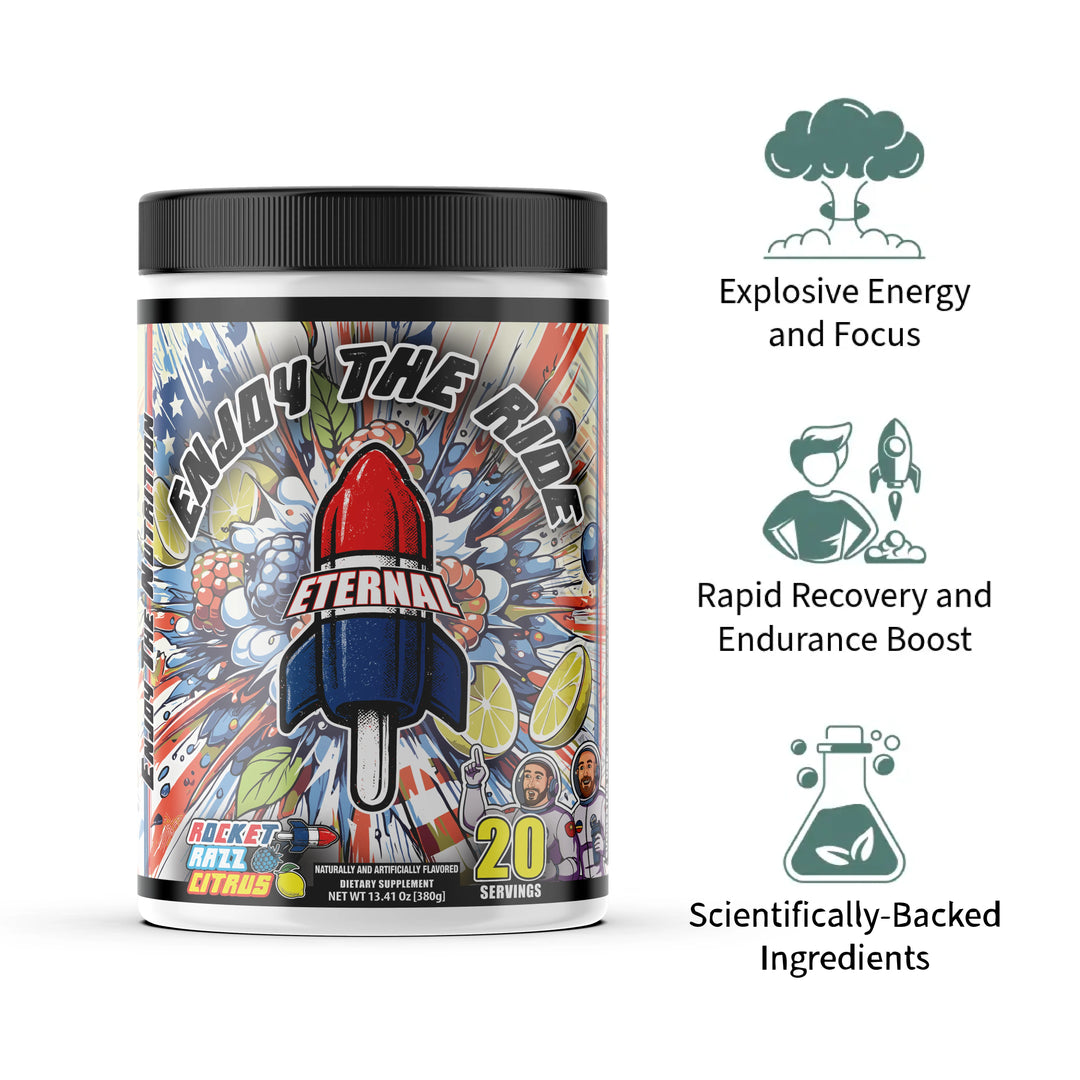The Ongoing Debate in the Fitness Industry
One of the most common questions in the world of sports supplementation is: Should you take 5 grams or 10 grams of creatine per day?
While creatine monohydrate is one of the most researched and scientifically-backed supplements for improving strength, power, and muscle recovery, there’s still debate about the ideal dosage for different body types and training experience levels.

Let’s break down what the research says and whether a higher dosage could be beneficial for certain individuals.
The Research-Backed Standard: 5 Grams Per Day
For most people, the scientific consensus supports 5 grams of creatine monohydrate per day as the optimal dose to saturate muscle creatine stores. Studies have shown that a daily intake of 3-5 grams is sufficient to maintain elevated creatine levels after an initial loading phase (Buford et al., 2007; Kreider et al., 2017).
Once your muscle creatine stores are saturated, taking more than 5 grams doesn’t necessarily increase benefits for the average individual. This dosage is effective for:
✔ Individuals under 200 lbs
✔ Those with moderate muscle mass
✔ People who train recreationally or competitively
Who Might Benefit from 10 Grams of Creatine?
While 5 grams is the standard, larger individuals with greater muscle mass may have a higher storage capacity for creatine. The logic behind increasing the dose is simple: more muscle = more room for creatine storage.
If you meet the following criteria, you may benefit from increasing your daily creatine intake to 10 grams per day:
✔ Weigh more than 200 lbs
✔ Have been resistance training for 10+ years
✔ Maintain a lean body composition (<15% body fat)
Research suggests that individuals with higher muscle mass may require more creatine to achieve full saturation (Rawson & Volek, 2003). While there isn’t as much data specifically supporting 10 grams as a requirement, anecdotal evidence from strength athletes and bodybuilders suggests that some experience better performance and recovery at a higher intake (Candow et al., 2019).
Final Thoughts: What’s Right for You?
For most lifters, sticking with 5 grams per day is the best approach—it’s the most researched and proven effective dosage. However, if you’re a highly trained individual with a significant amount of muscle mass, experimenting with 10 grams per day may help maintain full creatine saturation.
Regardless of the dosage, creatine is safe, effective, and highly beneficial for performance. If you’re not supplementing with it already, you’re missing out on one of the best evidence-based ergogenic aids available.
Need high-quality creatine?
At The Nutrition Store, we only offer transparent, research-backed supplements that we trust. Check out our creatine monohydrate in-store or online today!
References
• Buford, T. W., Kreider, R. B., Stout, J. R., et al. (2007). International Society of Sports Nutrition position stand: creatine supplementation and exercise. Journal of the International Society of Sports Nutrition, 4(6).
• Kreider, R. B., Kalman, D. S., Antonio, J., et al. (2017). International Society of Sports Nutrition Position Stand: safety and efficacy of creatine supplementation in exercise, sport, and medicine. Journal of the International Society of Sports Nutrition, 14(18).
• Rawson, E. S., & Volek, J. S. (2003). Effects of creatine supplementation and resistance training on muscle strength and weightlifting performance. Journal of Strength and Conditioning Research, 17(4), 822-831.
• Candow, D. G., Vogt, E., Johannsmeyer, S., et al. (2019). Strategic creatine supplementation and resistance training: effect on muscle mass, strength, and functional performance in older adults. Nutrients, 11(6), 1203.







